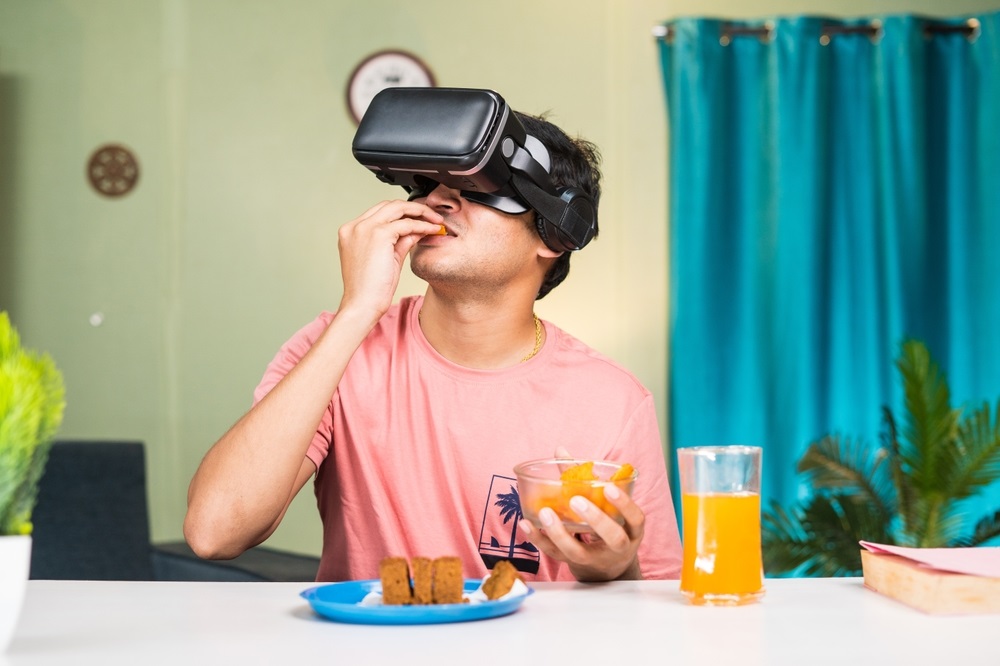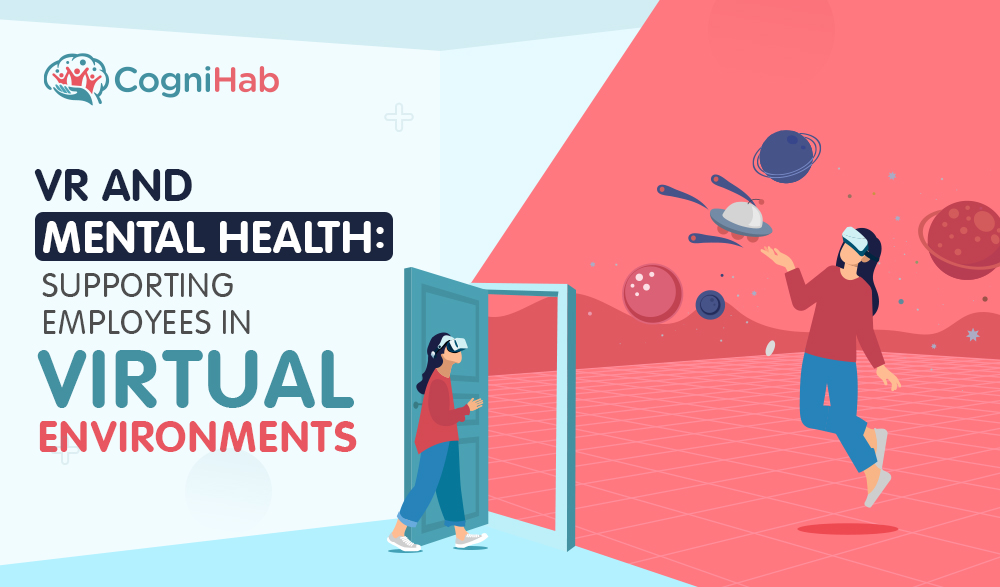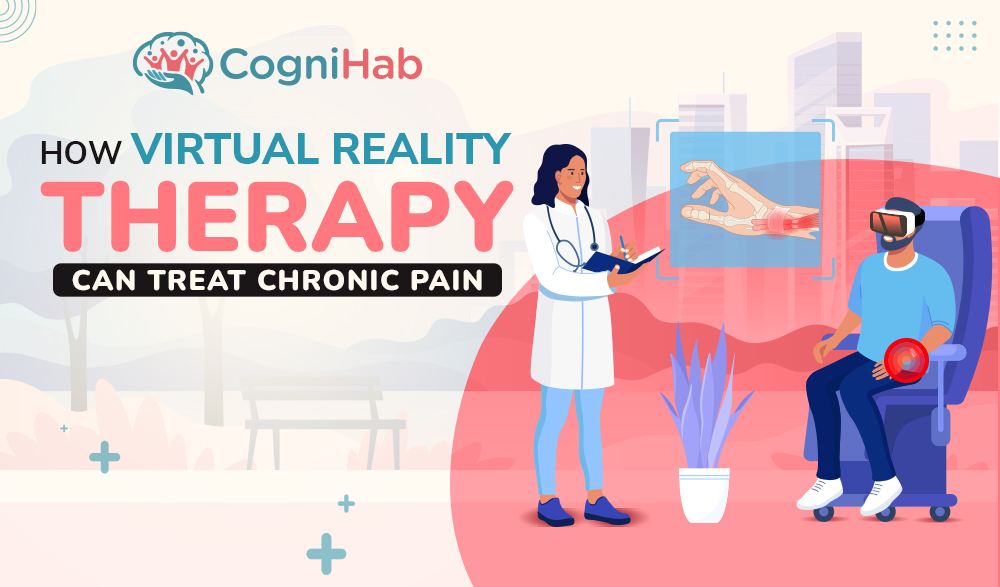Healthcare Technology Solutions Suites Are Changing the Landscape of the Healthcare
Virtual reality is no longer an unfamiliar concept; it has become indispensable in many fields.
To the satisfaction of both patients and experts, it has started its fascinating conquest of the healthcare industry. The use of virtual reality-based healthcare technology solutions has significantly increased. And we continue to be intrigued and fascinated by the many applications our clients are looking for.
VR-based Healthcare technology solutions have a wide range of clinical and consumer uses in health and healthcare, from developing revolutionary life-saving techniques to educating future medical professionals.
According to predictions, the market was the US $14.84 billion in 2020. And it is expected to reach US $454.73 billion by 2030 at a CAGR of 40.7% for 2021-2030. Source: PRNewswire
Healthcare Technology Solutions Suites
Virtual reality seeks to provide users with a fully immersive experience that begins as soon as they put on the necessary headgear. The user of a VR experience can see everything that happens inside the headset.
Here are some excellent examples of how virtual medical reality alters the experiences of patients and doctors.
Vision Therapy Suite
The best VR tool for maintaining intense, healthy eyes is vision therapy. It contains simple-to-understand explicit instructions for numerous activities grouped randomly for one session. Each set includes crucial strategies for ensuring optimal eye muscle function, including when to tighten and when to relax. Additionally, it can aid in locating other visual disorders, such as the lazy eye treatment.
A variety of visual exercises can be given by therapists using virtual reality. Simple graphic instructions for various activities randomly assigned to a single session are included in this therapy. Each set comprises fundamental exercises for preserving healthy eye muscle function, such as tightening and loosening as necessary. Being one of the best healthcare technology solutions, it aids in identifying and treating other visual disorders, such as lazy eyes.
Stroke Rehabilitation Suite
One of the leading causes of disability is stroke. Stroke survivors should engage in post-stroke therapy to improve their overall quality of life by improving their mobility and cognitive abilities.
Exercises for stroke patients are a crucial part of their treatment strategy because they help them move more freely and coordinate their muscles. A constant routine is one of the finest strategies for promoting and accelerating healing in post-stroke rehabilitation. Physical therapy, occupational therapy, and speech therapy are all used in this program. Patients' talents lost when a portion of their brain was injured must be relearned by them.
Virtual reality stroke rehabilitation is the most well-liked and current H-tech treatment for stroke victims. This rehabilitation technique uses virtual reality technology to track patients and increase their receptivity.
Spinal Cord Rehab Suite
"spinal cord damage" refers to a spinal cord change affecting kinesthesia, movement, or autonomous bodily function. The patient's body cannot understand the situation, position, action, or movement without the appropriate spinal cord injury treatment. Patients would be unable to move if the next course of action wasn't decided. The complexity of the SCI also affects how quickly a person can recover from spinal cord damage.
Patients need the proper spinal cord injury exercises after a shocking accident to speed up and improve spinal recovery.
A spinal cord injury therapy technique that is VR-focused and includes practical activities is made possible by Healthcare technology solutions. The VR-driven training program is divided into categories concentrating on various body areas to improve proprioception and mobility.
The therapist can suggest exercises as per the patient's condition.
Autism Suite
Autism is a spectrum condition with a wide range of effects on individuals. Autism causes appearance, behavior, social interaction, and communication issues in adults and children. Therefore, it is advised to use the autism training facility's proper therapy.
Therapists, schools, and parents widely use virtual reality technology and counselors to address this problem. It makes it possible for autistic children to engage and communicate with the outside world more successfully.
Autism has been treated with virtual reality since the middle of the 1990s. At the autism rehabilitation facility, virtual reality is mainly used to treat the illness that causes stress. The use of virtual reality can help people get over phobias like stage fright.
Cerebral Palsy Suite
Cerebral palsy can be brought on by brain damage, whether before, during, or after birth. With cerebral palsy, the brain and muscles cannot communicate to move the body. Coordination, mobility, and muscular tone start to be affected. By affecting motor skills, forces impact bodily functions like eating, breathing, and bowel control. The severity of the victim's symptoms will depend on the extent of the brain injury.
Physical therapy is the initial stage in the treatment of cerebral palsy patients. Treatments for cerebral palsy include strength and flexibility exercises to aid in developing the patient's motor skills. Physical therapy helps keep the body flexible and strong, which helps prevent joint dislocations. For people with disabilities, physical therapy and occupational therapy should begin.
VR-based healthcare technology solutions are the best tool to help the patient with therapy.
Cancer Rehab Suite
Including pre-chemo, during-chemo, and post-chemo, the Cognihab Cancer Support Suite is a collection of virtual reality-powered immersive excursions and games for patients.
Chemotherapy is a painful procedure that uses drugs and harsh chemicals to kill a patient's rapidly multiplying cells. Typical descriptions of chemotherapy discomfort include burning, numbness, tingling, or shooting. It typically manifests in the hands and feet. This kind of pain is referred to as neuropathic pain. Neuropathic pain is caused by nerve damage brought on by chemotherapy drugs or, in some cases, cancer.
Virtual reality helps reduce discomfort during chemotherapy and post-operative rehabilitation.
Anxiety Reduction Suite
Anxiety can occasionally cause a person to feel uncomfortable, afraid, and uneasy. Sweating, excitement, palpitations, and a sense of tension are a few symptoms. Even though concern is a normal emotion, many who suffer from anxiety disorders may find it dreadful and incapacitating. Genetics, brain chemistry, stress, and the environment can all contribute to anxiety.
Persistent anxiety in a person is a sign of an anxiety disorder. It doesn't get any better with time and frequently gets worse. Anxiety disorders can severely impact a person's relationships, career, and everyday life.
Anxiety can be overcome or diminished. People can start by learning more about anxiety disorders and practicing mindfulness, relaxation, and breathing exercises. The treatment of anxiety disorders can also be significantly aided by other therapies, such as cognitive behavior therapy for depression, relaxation techniques, and virtual relaxation therapy.
Conclusion
Virtual reality-based healthcare technology solutions are used more frequently in the medical industry for training, diagnosis, and other purposes. With more advanced technologies and quicker Internet connections, this tendency should only continue to improve. Cognihab ensures the most extraordinary VR suites are provided to fulfill the demands of the healthcare industry. To learn more about what we offer, visit our website.







